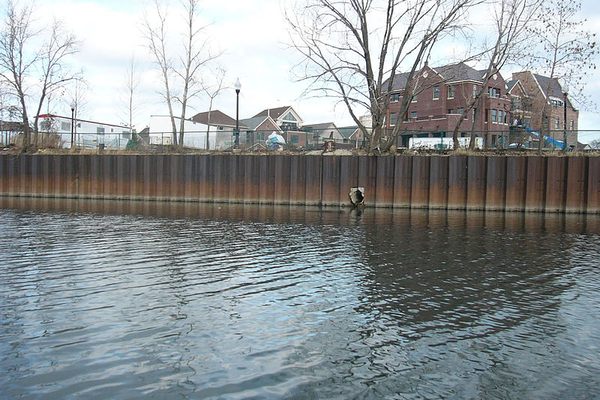About
Blame the Meadowlands for New Jersey’s reputation as a toxic wasteland of humanity rather than its billing of "The Garden State." On the other hand, the vast wetlands area is an intrepid urban explorer’s dream, filled with all matter of natural and inorganic wonders.
Early industrialists saw the brackish waters bordering the Hackensack and Passaic Rivers as an obstacle to be conquered in the name of progress. After the conclusion of World War II, vast quantities of military refuse was disposed of in the Meadowlands, including rubble from some of London’s most famous buildings destroyed during the Battle of Britain, which had later been used as ballast by returning American warships.
By the middle of the 20th century, the war against the Meadowlands had gained serious momentum. After New York City ceased to provide garbage collection by public agencies, companies were forced to hire private firms for waste removal. Illegal dumping in the Meadowlands proliferated as a result of mafia ties held by many of these private contractors. Dumping areas under the Mob’s jurisdiction often accepted chemicals for ‘disposal’ that weren’t permitted in legally compliant areas, consequently forming toxic rivers the color of antifreeze.
All of New York City’s AM radio stations have erected transmitter towers in the Meadowlands, and underground fires are common, creating black pock marks on the area’s garbage hills (which outnumber real ones). After its demolition, Penn Station's remains were deposited in the Meadowlands, the columns of which can still be visited near where Route 495 meets Route 9. For decades, the Meadowlands have been the go-to place for disposing of dead bodies and other evidence.
However, of all the people, places, and things dumped, or in this case supposedly dumped, in the Meadowlands, perhaps the most notorious is the body of the infamously-disappeared teamster Jimmy Hoffa. Claims have circulated throughout the years as to the best digging sites, but Hoffa’s corpse remains undiscovered, serving as the holy grail for urban treasure hunters.
The entire story of the Meadowlands is not only one of doom-and-gloom, apocalyptic “What hath man wrought?” horror. The area remains a vital home to many species of hearty birds and migratory waterfowl. The past few decades have bolstered the New Jersey Meadowlands Commission’s garbage dumping reform initiatives, thanks to a shift in the public’s perception of the wetlands as having value beyond that of a landfill.
Related Tags
Know Before You Go
The Meadowlands' enormous size and convenient location make reaching it relatively easy, excluding the area's traffic conditions. It is bordered by Secaucus, Jersey City, and the Hudson River, so pick an access point and jump on in (figuratively, not literally: the water is a mess, so the risks of puncture wounds and accidental poisoning should be given due consideration The Meadowlands environmental center in Lyndhurst , Mill Creek marsh in Secaucus, barge club in Carlstadt and Losen slote in Little Ferry are just a few of the natural treasures in the meadowlands and perfect spots for wildlife viewing
Community Contributors
Added By
Published
November 22, 2009























































